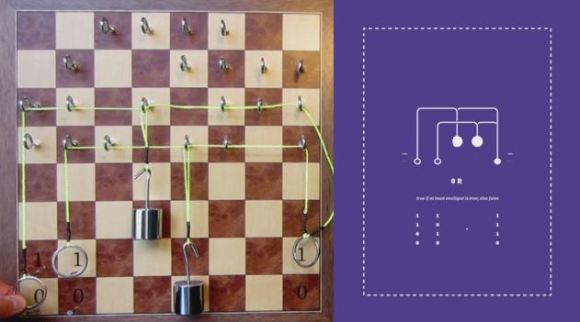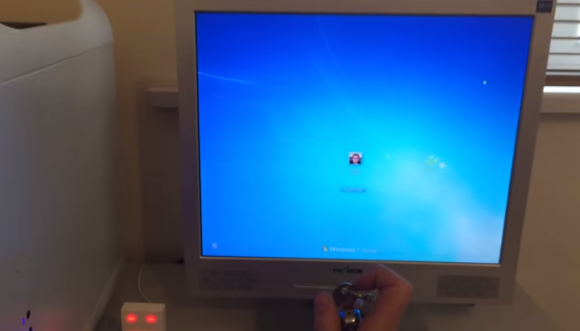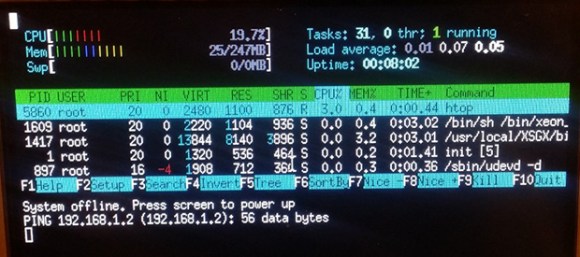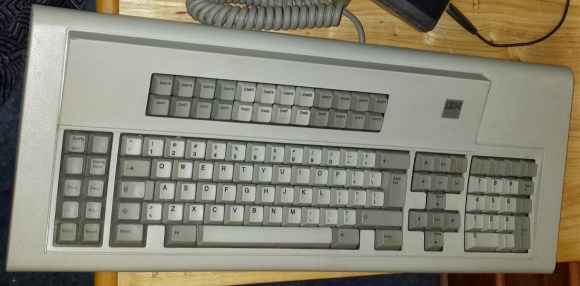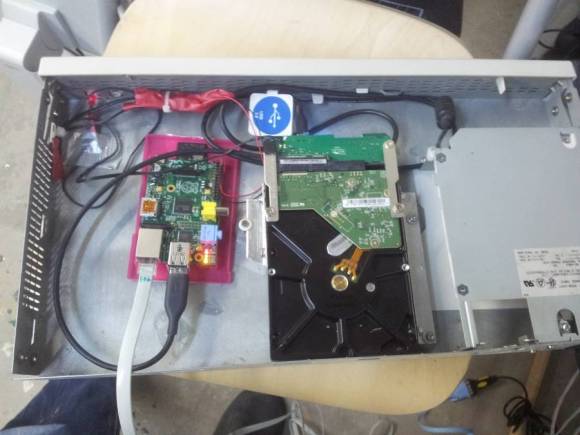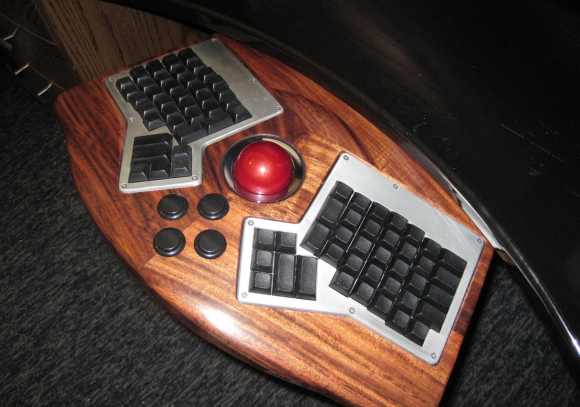
Hello people, look at your keyboard, now back to this one, now back to your keyboard, now back to us. Sadly, your keyboard isn’t this one, but if you’re handy with wood and metalwork, it could look like this one!
This incredible keyboard was made with the blood, sweat, and tears of [Kurt Plubell], an architectural draftsman. He began a few years ago when he hung up his T-square and started using CAD for his work. His biggest complaint about CAD? Ergonomics! His setup slowly evolved as he was determined to find the most comfortable way to work. First, a keyboard and a trackball. Then, a keyboard, a trackball, and a left-handed mouse. Then, an ergonomic keyboard on a desk mounted tray (and trackball + mouse) — he still wasn’t satisfied. Thus began his journey into a fully customized setup.
He started with the ErgoDox keyboard, which is a two-part ergonomic keyboard. He ordered the aluminum version, which isn’t quite as nicely finished as you would think — but we doubt the manufacturer was expecting its consumers to be taking it apart and integrating it into something else. A lot of sandpaper, die grinding and polishing later, and it had a much nicer finish.
The keyboard was built up using wood and MDF, and finally finished with a very nice wood veneer, giving a very executive finish to the project. He’s integrated four arcade buttons and a Kensington track ball in the very middle — and of course, being a true typist, his keys have no markings.
[via Reddit]

